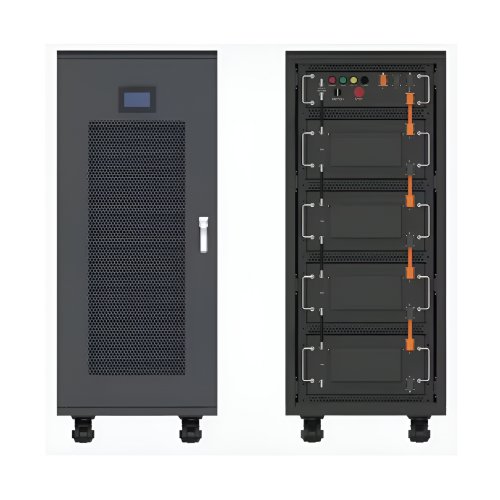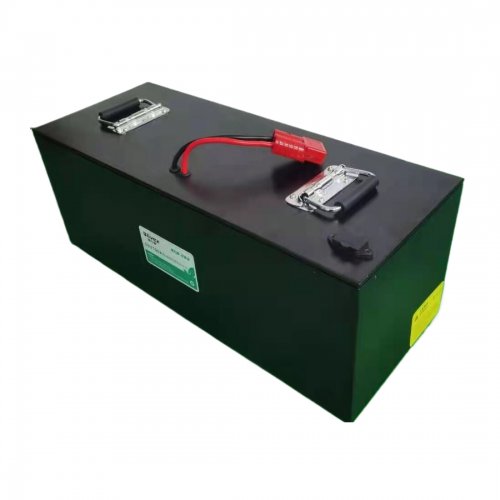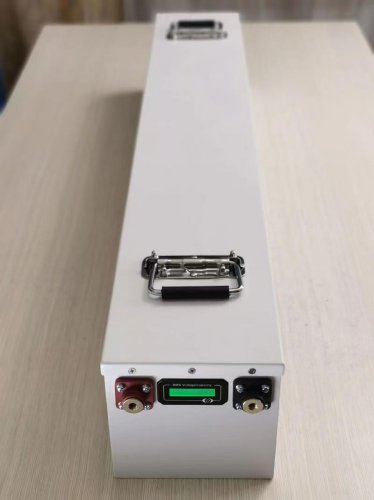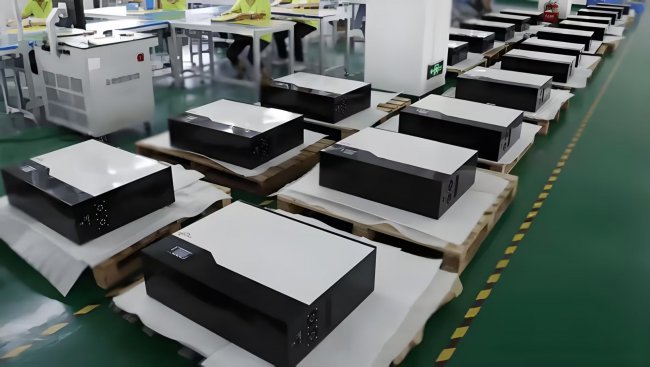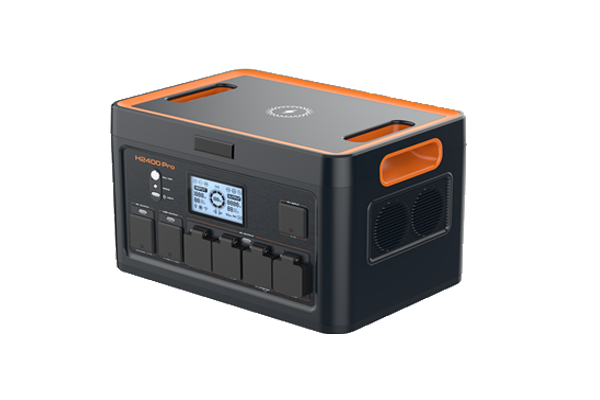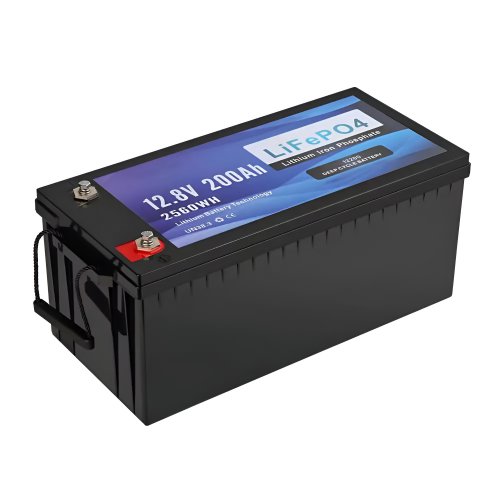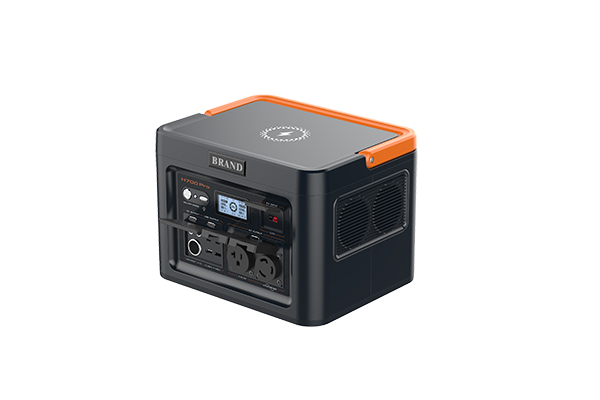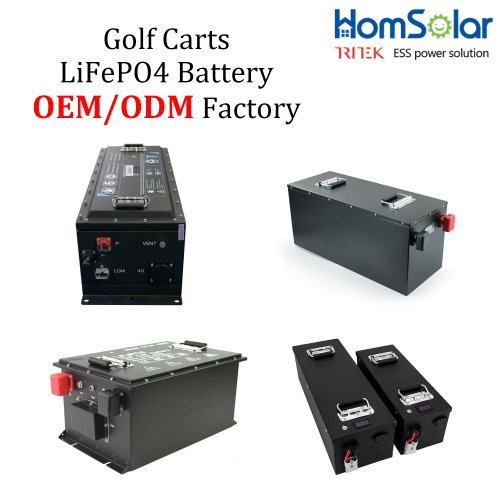Advances In Electrode Engineering: Pioneering Materials And Architectures For Next-generation Energy Storage
The relentless global pursuit of advanced energy storage and conversion systems has placed electrode engineering at the forefront of materials science and chemical engineering. The performance, longevity, and cost of devices ranging from lithium-ion batteries (LIBs) to supercapacitors and fuel cells are fundamentally dictated by the design of their electrodes. Recent years have witnessed a paradigm shift from merely exploring new active materials to a holistic engineering approach that meticulously controls the electrode's architecture, composition, and interface at multiple scales. This article delves into the latest research breakthroughs, key technological advancements, and the promising future trajectory of electrode engineering.
The Shift Towards Multiscale Architecture Design
A significant trend in modern electrode engineering is the move beyond bulk material properties to the deliberate design of hierarchical structures. The goal is to create electrodes that simultaneously optimize ionic and electronic transport, accommodate volume changes, and present a high active surface area. A prominent example is the development of three-dimensional (3D) porous architectures. Researchers are employing techniques like freeze-casting, 3D printing, and templating to fabricate electrodes with interconnected pore networks. For instance, Sun et al. (2023) demonstrated a 3D-printed graphene aerogel scaffold infused with silicon nanoparticles for LIB anodes. This structure provided ample void space to accommodate the large volume expansion of silicon (~300%) during lithiation, while the continuous graphene network ensured excellent electronic conductivity, resulting in significantly improved cycling stability.
Another architectural innovation involves the design of gradient electrodes, where composition or porosity varies gradually from the current collector to the electrode surface. This design can, for example, place a denser, more conductive layer near the current collector to facilitate electron uptake and a more porous, ion-accessible layer at the top to enhance electrolyte infiltration. This graded approach mitigates issues like charge transport bottlenecks and non-uniform reaction distributions, leading to higher rate capabilities and power density.
Breakthroughs in Material Synthesis and Composite Design
At the material level, the engineering of nanocomposites and heterostructures has yielded remarkable improvements. The integration of carbon nanomaterials (e.g., graphene, carbon nanotubes) with active materials has been a cornerstone strategy. However, recent efforts focus on creating more intimate and functional interfaces. For example, thein-situgrowth of transition metal oxide nanoparticles on chemically modified graphene sheets creates strong covalent bonds, which drastically reduce charge transfer resistance and prevent active material detachment.
A groundbreaking area is the engineering of single-atom and defect-rich materials. By dispersing individual metal atoms on a conductive substrate, engineers can achieve near-theoretical atomic utilization and unique catalytic activity. In the realm of electrocatalysis for fuel cells and water splitting, single-atom catalysts (SACs) anchored on nitrogen-doped graphene have shown exceptional oxygen reduction reaction (ORR) activity, rivaling and even surpassing platinum-based catalysts (Wang et al., 2022). Furthermore, the deliberate introduction of defects, such as vacancies or grain boundaries, can tailor the electronic structure of materials, creating highly active sites for ion adsorption and surface redox reactions.
For lithium-sulfur (Li-S) batteries, which suffer from the polysulfide shuttle effect, electrode engineering has focused on multifunctional hosts. Recent studies have designed composite cathodes where sulfur is confined within microporous carbon spheres and further encapsulated by polar catalysts like vanadium nitride (VN) or MXenes. These structures physically trap polysulfides while chemically accelerating their conversion kinetics, addressing the core challenges of the Li-S chemistry simultaneously (Li et al., 2023).
The Critical Role of Interface and Interphase Engineering
The interfaces within an electrode (between particles) and at the electrode-electrolyte boundary are critical determinants of performance. Advanced electrode engineering now explicitly targets these regions. The use of atomic layer deposition (ALD) to coat active material particles with ultrathin, conformal layers of Al2O3, ZnO, or LiPON is a powerful technique. These nanoscale coatings can suppress undesirable side reactions with the electrolyte, enhance structural stability, and provide a more favorable pathway for Li-ion diffusion without impeding electron transport.
Similarly, the engineering of the solid-electrolyte interphase (SEI) in batteries is a major focus. Instead of allowing it to form spontaneously and inhomogeneously, researchers are developing artificial SEI layers. These pre-formed, mechanically robust, and ionically conductive layers—composed of polymers, inorganic salts, or their hybrids—can protect the electrode surface and ensure uniform ion flux, thereby improving Coulombic efficiency and cycle life, particularly for high-capacity anodes like lithium metal.
Emerging Techniques and Data-Driven Discovery
The tools for electrode engineering are also evolving. Cryogenic electron microscopy (cryo-EM) has emerged as a transformative characterization technique, enabling the direct visualization of sensitive battery materials and their interfaces in a near-native state, revealing degradation mechanisms that were previously inaccessible. Furthermore, the field is increasingly embracing data science and machine learning. High-throughput computational screening is being used to identify promising new electrode compositions, while machine learning models trained on vast datasets of electrochemical performance are helping to optimize complex fabrication parameters, such as slurry composition, calendering pressure, and annealing temperature, accelerating the design cycle from years to months.
Future Outlook and Challenges
The future of electrode engineering lies in increasing sophistication and multifunctionality. We anticipate a deeper integration of stimuli-responsive materials, leading to "smart" electrodes that can self-heal upon mechanical fracture or modulate their porosity in response to temperature changes. The pursuit of sustainability will drive the engineering of electrodes derived from biomass and designed for facile recycling and remanufacturing.
For solid-state batteries, electrode engineering faces the unique challenge of creating seamless solid-solid contacts. Future work will focus on designing composite electrodes with integrated solid electrolytes that form continuous ion-conduction pathways, as well as developing novel sintering or processing techniques to reduce interfacial resistance.
The ultimate challenge remains scaling these sophisticated laboratory breakthroughs to industrial-scale manufacturing in a cost-effective manner. Techniques like spray coating, slot-die coating, and roll-to-roll processing must be adapted to accommodate new material inks and architectural designs. Interdisciplinary collaboration between chemists, materials scientists, mechanical engineers, and data scientists will be crucial to translate these advanced electrode concepts into the high-performance, safe, and affordable energy storage devices of the future.
In conclusion, electrode engineering has matured into a discipline that synergistically combines architectural design, nanomaterial synthesis, and interface science. The recent progress highlighted herein is not merely incremental but is paving the way for a new generation of energy technologies that will power everything from portable electronics to grid-scale storage and electric transportation.
References:Li, F., et al. (2023). A Multifunctional MXene-Based Host for High-Loading Lithium-Sulfur Batteries.Advanced Energy Materials, 13(15), 2204300.Sun, H., et al. (2023). 3D-Printed Hierarchical Porous Graphene/Si Composite Anodes with Ultrahigh Areal Capacity.ACS Nano, 17(4), 3455-3466.Wang, J., et al. (2022). Single-Atom Catalysts for Electrocatalytic Applications: Strategies and Perspectives.Chem, 8(5), 1190-1213.
Customized/OEM/ODM Service
HomSolar Supports Lifepo4 battery pack customization/OEM/ODM service, welcome to contact us and tell us your needs.


HomSolar: Your One-stop LiFePO4 Battery Pack & ESS Solution Manufacturer
Our line of LiFePO4 (LFP) batteries offer a solution to demanding applications that require a lighter weight, longer life, and higher capacity battery. Features include advanced battery management systems (BMS), Bluetooth® communication and active intelligent monitoring.

Customised Lithium Iron Phosphate Battery Casing
ABS plastic housing, aluminium housing, stainless steel housing and iron housing are available, and can also be designed and customised according to your needs.

HomSolar Smart BMS
Intelligent Battery Management System for HomSolar Energy Storage System. Bluetooth, temperature sensor, LCD display, CAN interface, UART interface also available.


Terminals & Plugs Can Be Customized
A wide range of terminals and plugs can be customised to suit the application needs of your battery products.

Well-designed Solutions for Energy Storage Systems
We will design the perfect energy storage system solution according to your needs, so that you can easily solve the specific industry applications of battery products.



About Our Battery Cells
Our energy storage system products use brand new grade A LiFePO4 cells with a battery lifespan of more than 4,000 charge/discharge cycles.



Applications in Different Industries
We supply customized & OEM battery pack, assemble cells with wiring, fuse and plastic cover, all the cell wires connected to PCB plug or built BMS.
Applications: E-bike, Electric Scooter, Golf Carts, RV, Electric Wheelchair, Electric Tools, Robot Cleaner, Robot Sweeper, Solar Energy Storage System, Emergency Light, Solar Power Light, Medical Equipment, UPS Backup Power Supply.
We can provide you with customized services. We have the ability to provide a vertical supply chain, from single cells to pack/module and to a complete power solution with BMS, etc.


HomSolar (Shenzhen) Technology Co., Ltd











